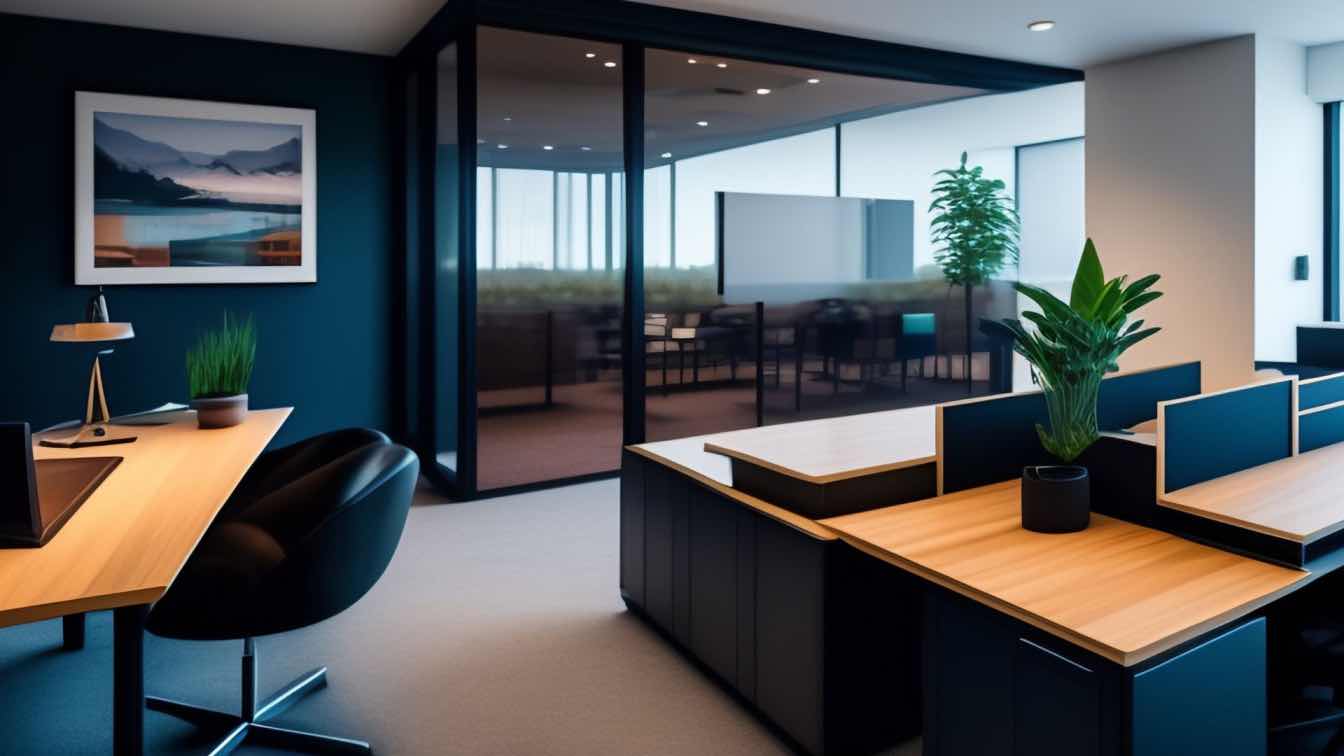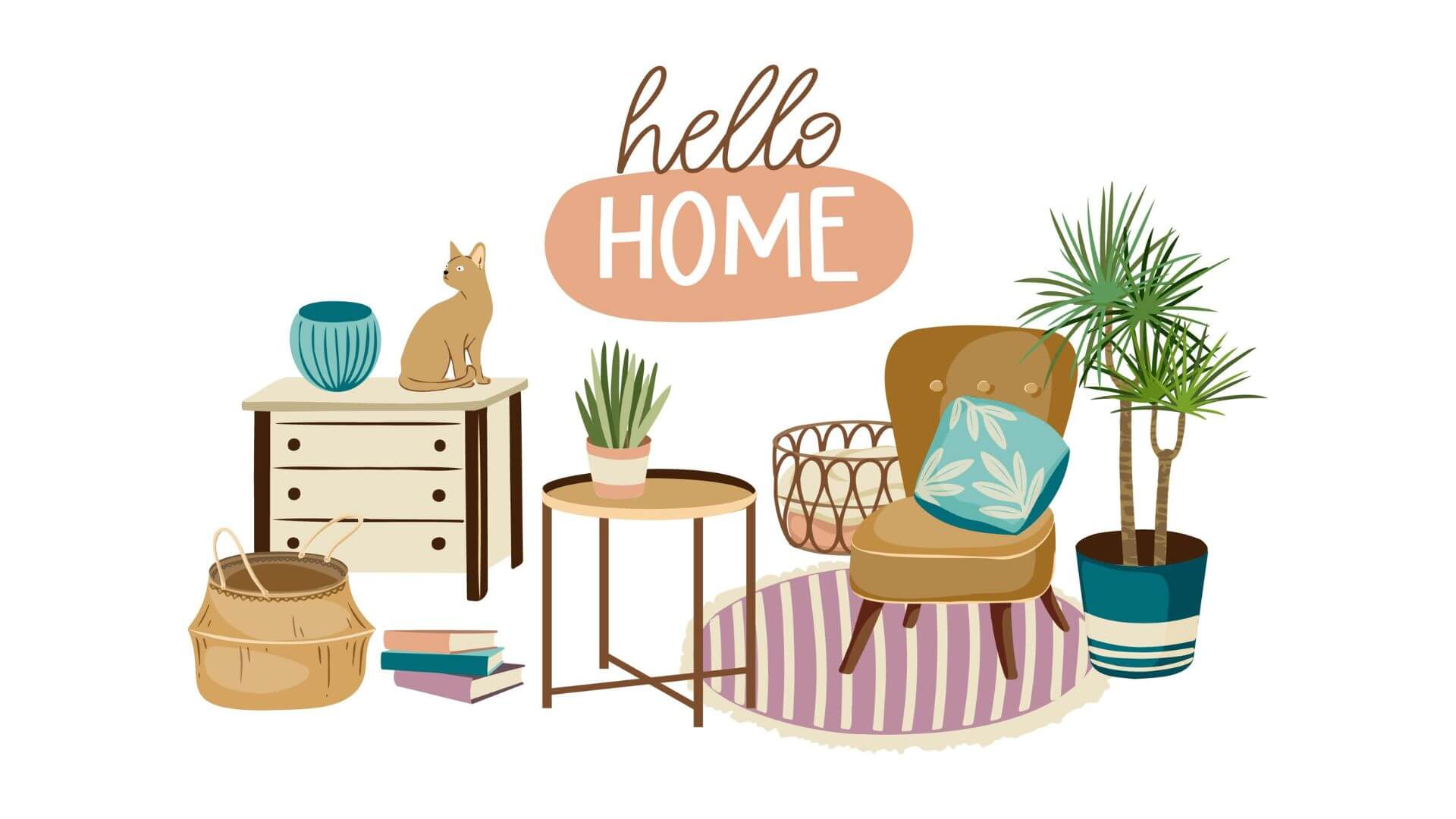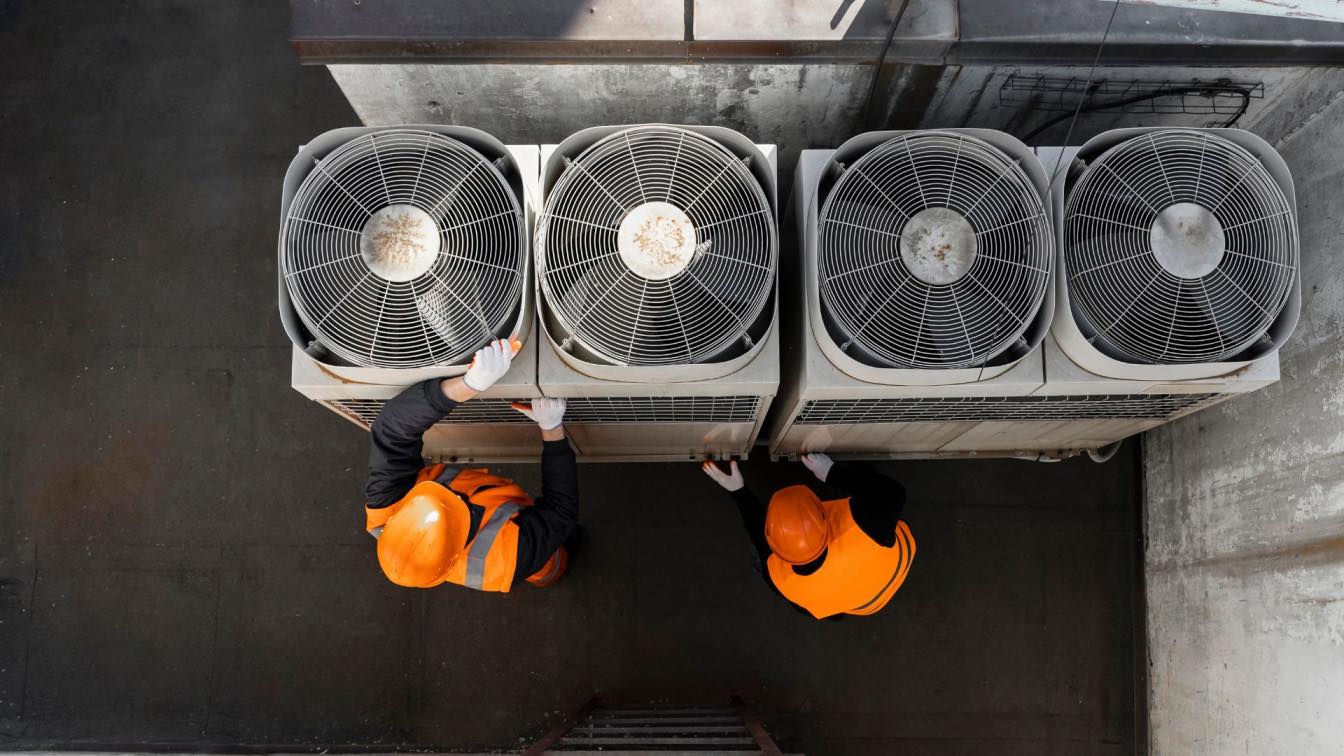Cubicles have long been a fixture of the modern office, offering a structured and efficient way to organize space. However, the role of cubicles in today’s workplaces has evolved significantly. The traditional, closed-off cubicle that prioritized privacy at the expense of interaction is being replaced by more innovative designs that seek to balance privacy with collaboration, productivity, and employee well-being. Striking this balance is key to creating a workspace that supports both focused individual work and team dynamics. Here’s the ultimate guide to cubicle design that balances privacy and productivity.
1. Understanding the Need for Privacy and Focus
Privacy in the workplace is essential for concentration, especially in tasks that require deep focus or deal with sensitive information. Without adequate privacy, employees may experience more frequent interruptions, leading to stress and reduced productivity. However, too much isolation can hinder communication and collaboration, which are equally important in today’s team-driven work environments.
The goal of modern cubicle design is to provide privacy without making employees feel secluded. This can be achieved through strategic placement, thoughtful use of materials, and the integration of adaptable elements that offer employees control over their space.
2. Cubicle Height and Layout for Optimal Privacy
Cubicle height plays a critical role in balancing privacy and openness. Low partitions allow employees to maintain a visual connection with their colleagues, fostering collaboration, while higher partitions offer more solitude for tasks requiring concentration. In some cases, companies are opting for cubicles with adjustable walls that can be raised or lowered depending on the level of privacy needed.
The layout of cubicles also matters. Placing cubicles in a way that minimizes direct line-of-sight to high-traffic areas, like hallways or common rooms, can significantly reduce distractions without fully isolating employees from their surroundings. Staggered arrangements, rather than straight rows, also enhance privacy while maintaining an open office feel.
3. Acoustic Solutions for Privacy and Productivity
Noise is one of the most common complaints in open-plan offices. Modern cubicle designs often incorporate sound-absorbing materials and acoustic panels to mitigate this issue. These panels can be built into cubicle walls, offering a buffer against office chatter, phone calls, and other distractions.
In addition to physical barriers, some offices are introducing "white noise" systems or sound-masking technology to create a more tranquil environment. These systems help drown out background noise, allowing employees to focus without being interrupted by the sounds of nearby conversations or equipment.
4. Modular and Flexible Cubicle Systems
Flexibility is key in modern cubicle design, allowing businesses to adapt their workspace to changing needs. Modular cubicle systems, which can be easily reconfigured, provide the perfect solution for companies that value both privacy and collaboration. These cubicles can be arranged into open clusters for team-based projects or expanded into more enclosed configurations for privacy when needed.
Modular designs give employees the freedom to personalize their space, adjusting partitions or adding elements like privacy screens or acoustic panels as necessary. This adaptability ensures that the office layout can evolve alongside the company's needs, from collaborative brainstorming sessions to individual, focus-driven work.
5. Incorporating Collaborative Spaces Within Cubicles
The balance between privacy and productivity is not just about separating employees but also about integrating spaces where they can easily collaborate. Modern cubicle designs often include built-in collaboration zones, such as shared tables, standing desks, or breakout spaces within close proximity to individual workstations. These spaces allow employees to engage in spontaneous discussions without leaving their primary work area, making it easy to transition between solo and group tasks.
Incorporating collaborative elements into cubicles helps ensure that team members remain connected and engaged while still having the ability to retreat into private areas when needed for focused work.
6. Ergonomic and Comfortable Design
A well-designed cubicle should promote not only productivity but also employee comfort and well-being. Ergonomic furniture is critical to this goal. Height-adjustable desks, ergonomic chairs with lumbar support, and customizable monitor stands ensure that employees can work in a posture that minimizes strain and maximizes comfort. These features are especially important in cubicles, where employees spend much of their day seated.
Incorporating adjustable lighting and temperature control into cubicle designs also enhances comfort. Soft, dimmable task lighting helps reduce eye strain, while personal climate control options, such as small desk fans or heaters, allow employees to adjust their workspace environment to their preferences.
7. The Role of Natural Light and Transparency
Natural light has been shown to improve mood, boost energy, and increase productivity. However, cubicles can sometimes block or limit access to natural light. Modern designs are addressing this issue by incorporating transparent or translucent materials, such as glass or acrylic, into cubicle partitions. These materials allow natural light to flow through the office while maintaining a sense of privacy.
Additionally, creating "light wells" or using low partitions near windows ensures that employees throughout the office can benefit from natural light, not just those sitting next to the windows. This approach helps create a bright, open atmosphere without sacrificing the focused environment that cubicles provide.
8. Personalization for Employee Satisfaction
Allowing employees to personalize their workspace can significantly boost satisfaction and productivity. Modern cubicle designs often include features like modular storage, pinboards, or flexible shelving that employees can use to organize their belongings or display personal items like photos, plants, or artwork.
Personalization gives employees a sense of ownership over their workspace, which can lead to greater engagement and comfort. Moreover, cubicles designed with the flexibility to adapt to individual preferences—such as moveable partitions or adjustable desk configurations—allow employees to create a workspace that suits their unique needs.
9. Sustainable Cubicle Materials and Eco-Friendly Designs
Sustainability is increasingly important in office design. Many modern cubicle designs are incorporating sustainable materials, such as recycled or upcycled wood, metal, and fabrics, into their construction. Using eco-friendly, low-VOC paints and finishes further ensures that the office environment is both healthy for employees and environmentally responsible.
Sustainable cubicles also often include energy-efficient features, such as LED lighting or built-in smart power outlets that minimize energy consumption. These elements not only support the company’s environmental goals but also contribute to a healthier workspace overall.
10. Balancing Collaboration and Isolation in Hybrid Workspaces
With the rise of hybrid work models, where employees split their time between home and office, cubicle designs need to be even more flexible. In these hybrid environments, the cubicle may no longer be the primary place where all work gets done. Instead, it becomes a space where employees can collaborate with in-office teams, have private video meetings, or focus on tasks that require concentration.
For hybrid workspaces, cubicles should be equipped with technology that supports seamless communication, such as built-in screens for virtual meetings, and offer flexible layouts that accommodate both in-person and remote interactions. These designs ensure that when employees are in the office, they can work effectively, whether independently or as part of a team.
Conclusion
Balancing privacy and productivity is the key to creating a successful cubicle design in modern workspaces. By considering factors like acoustic privacy, ergonomic comfort, natural light, and the flexibility to adapt to changing work needs, businesses can create cubicles that support both individual focus and team collaboration. As office environments continue to evolve, innovative cubicle designs will play a critical role in fostering employee well-being, efficiency, and satisfaction.





